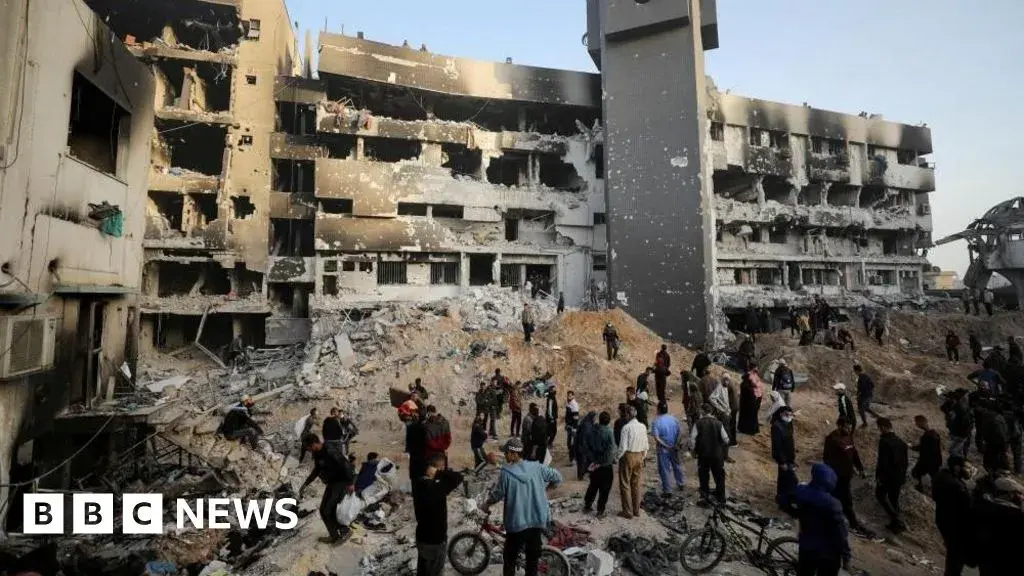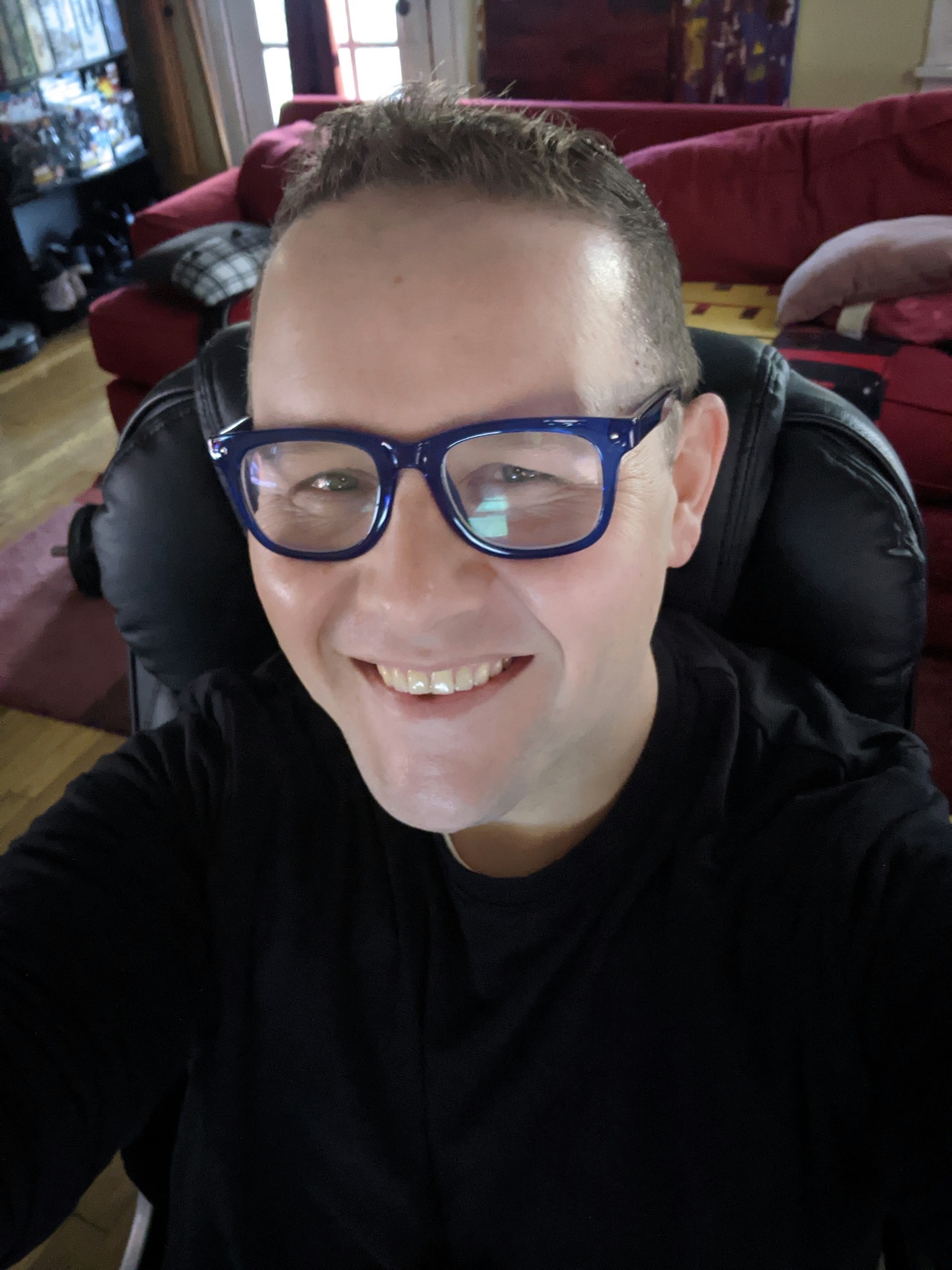- After Israeli forces pulled out of Gaza City’s vast al-Shifa hospital -once the biggest and best equipped medical facility in the Gaza Strip- on 1 April, following their second raid there, the claim that there had been no civilian casualties was immediately questioned.
- Investigations revealed decaying bodies sticking out of the sand piled up by combat bulldozers in the courtyards of al-Shifa where four mass graves have been uncovered at the site, with one civil worker saying that they “found corpses of women, children and individuals without heads as well as torn body parts”.
- At least some of the corpses found recently at al-Shifa were those of patients who died during Israel’s latest military action, a paramedic involved in the search said some had IV catheters still attached.
- The World Health Organization’s Dr Rik Peeperkorn says this group endured “horrific conditions”. After being repeatedly moved around the complex, he says, they “actually ended up in the human resources building which was completely unfit for treatment". Ultimately, he says, 20 patients died.
- International forensic specialists have been unable to reach Gaza to investigate what happened at al-Shifa. That has left much of the focus locally on registering and identifying the dead where possible, and giving them proper burials.
And shockingly, no central command compound just beneath it. Another “mistake” by the idf resulting in the deaths of men, women, and children.
deleted by creator
I love that half of my feed is Israel stories, all of them negative, and both presumptive US presidential candidates support Israeli genocide 100%.
🤖 I’m a bot that provides automatic summaries for articles:
Click here to see the summary
But events at al-Shifa – once the biggest and best equipped medical facility in the Gaza Strip – have arguably been the most dramatic.The two-week surprise raid, launched after Israel said Hamas had regrouped at the site, was described by the Israeli government as “precise and surgical”.Its spokesman, Avi Hyman, asserted that it had set “the gold standard of urban warfare”.
“We’ve extracted martyrs, many of whom are decomposed and completely unidentifiable,” a Palestinian Civil Defence worker, Rami Dababesh told us grimly on 8 May as he stood by a line of white plastic body bags at al-Shifa, wearing a face mask and full protective gear.“We’ve found corpses of women, children and individuals without heads as well as torn body parts,” he added.The Civil Defence lacks forensic equipment and expertise, but its teams have been using photos and videos to document the remains.
Later, the gunmen were said to have barricaded themselves in wards and corridors, opening fire and throwing explosives.Three Israeli soldiers were confirmed to have been killed during the two-week long operation.The IDF briefed journalists that its action at the hospital was taken based on “concrete intelligence” that Hamas and Palestinian Islamic Jihad had taken over parts of the site, suggesting their operatives had been using it to access basic supplies as well as power and the internet.
Two other Hamas operatives were named as Fadi Dweik and Zakaria Najib, said to have been involved in organising attacks in the occupied West Bank.In April, the IDF also released footage which it said was from the interrogation of Tarek Abu Shaluf, spokesman for the political wing of Islamic Jihad.
Israel has consistently claimed that the group hides its fighters and infrastructure behind the sick and wounded, which it suggests has rendered hospitals legitimate military targets.Hamas denies misusing civilian sites and accuses Israel of violating international humanitarian law by targeting hospitals.In April, when the UN called for “a clear, transparent and credible investigation” of mass graves in Gaza, its spokesman Stephane Dujarric told reporters that more journalists needed to be able to work safely in the territory to report on the facts.
These gained momentum as Israel targeted other health facilities which it said were being used by Hamas, particularly Kamal Adwan Hospital in northern Gaza.In late May, in a hastily repaired room of the kidney dialysis unit at al-Shifa, the journalist working with us met four patients as they sat connected to steadily beeping machines.
Saved 76% of original text.




